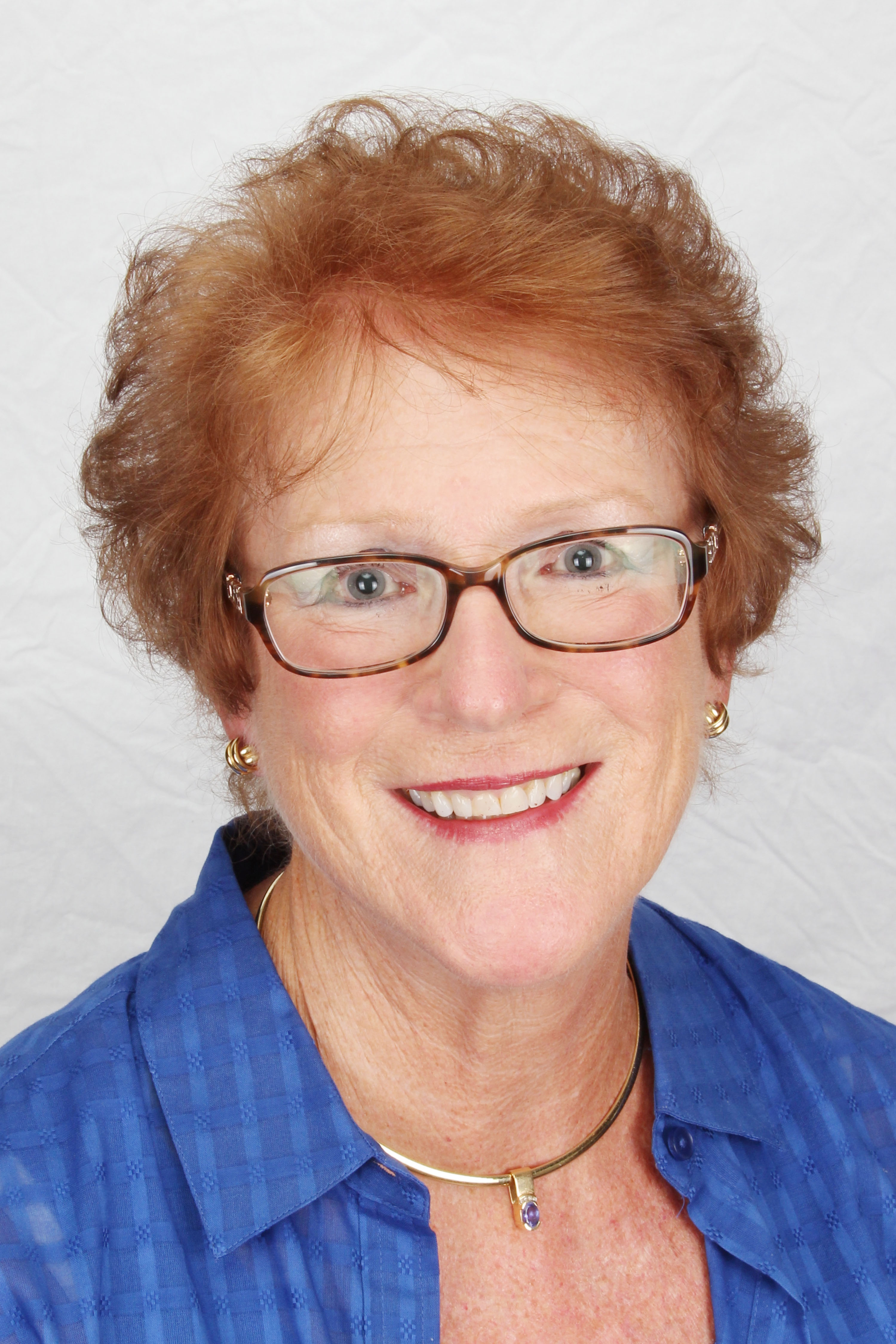By Joanne Byrne
Retired and Rejuvenated

Joanne Byrne
The pandemic has shed a blinding light on too many Americans’ failure to follow the well-established scientific principles of personal health and wellbeing. Older Americans have been particularly hard hit by the latest novel coronavirus. When cases surged at the end of last year, COVID-19 became the nation’s leading cause of death, deadlier than heart disease and cancer, according to the Kaiser Family Foundation.
While there’s nothing anyone can do to stop the march of time, several leading risk factors contributed to COVID-19 infections and deaths stemming from how many of us conducted our lives from childhood on. After old age, obesity is the second leading risk factor for death among those who became infected and critically ill with COVID-19. Seventy percent of American adults are now overweight, and more than one third are obese. Two other major risks for COVID, type 2 diabetes and high blood pressure, are most often the result of excess weight, which in turn reflects unhealthy dietary and exercise habits.
Several people I know packed on quite a few pounds of health-robbing body fat this past year, and not because they lacked the ability to purchase and consume a more nutritious plant-based diet or to exercise regularly within or outside their homes. A Harris Poll, conducted for the American Psychological Association in late February, revealed that 42 percent of respondents had gained an average of 29 “pandemic pounds,” increasing their COVID risk.
Early in the pandemic, when most businesses and entertainment venues were forced to close, toilet paper was not the only commodity stripped from market shelves. The country was suddenly faced with a shortage of flour and yeast as millions of Americans “stuck” at home went on a baking frenzy. I also found myself in the kitchen more often than usual trying new recipes and baking things I knew would not be good for my Weight Watchers diet plan. I understand the need to relieve stress, feel productive and perhaps help others less inclined or able to do their own baking. Yet pastries and cookies were not the most wholesome products that might have emerged from our pandemic kitchens.
When these calorie-rich foods are in our homes, they can be hard to resist if there is little else to prompt the release of pleasure-enhancing brain chemicals. To no one’s great surprise, smoking rates and alcohol consumption also increased in our country. National sales of alcohol during one week in March 2020 were 54 percent higher than the comparable week the year before.
Well before the pandemic prompted a rise in caloric consumption, Americans were eating significantly more calories each day than they realized, thanks in large part to the ready availability of ultra-processed foods, especially those that tease, “you can’t eat just one.”
I am not a fanatic when it comes to food. We have a couple containers of ice cream in the fridge, especially when the grocery store offers a “buy-one/get one free” special. The cupboard contains cookies, crackers and even chips. I love pizza and a good burger every now and then. Cheese and crackers with a glass of wine or martini are daily favorites. But I do try to balance the intake with the output by playing tennis, pickleball, walking and swimming several times a week. During the pandemic, some of these activities were not available, so it was a dangerous caloric time to navigate through.
As Marion Nestle, professor emerita of nutrition, food studies and public health at New York University, says, “This is not rocket science.” She does not preach deprivation, only moderation.
“We need a national policy aimed at preventing obesity,” she says, “a national campaign to help all Americans get healthier.”
Joanne Byrne served as Senior Services Coordinator for the Town of Orange. She is now actively and happily retired. Email her at joannebyrne41@gmail.com to share your thoughts on retirement.